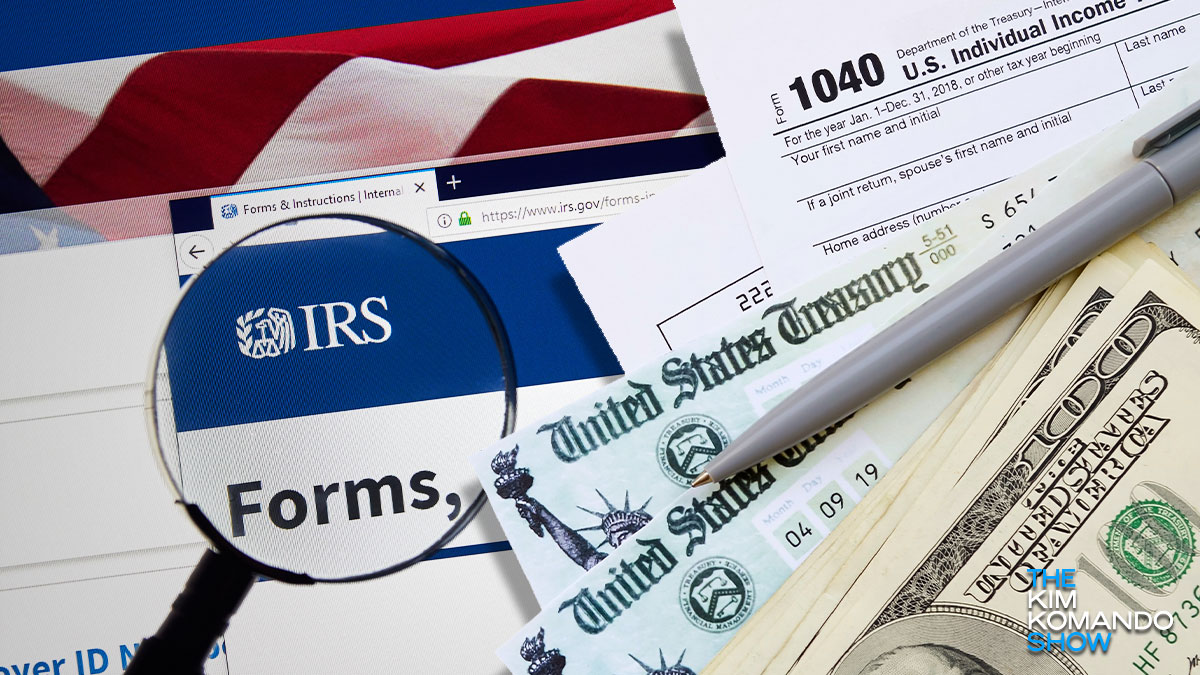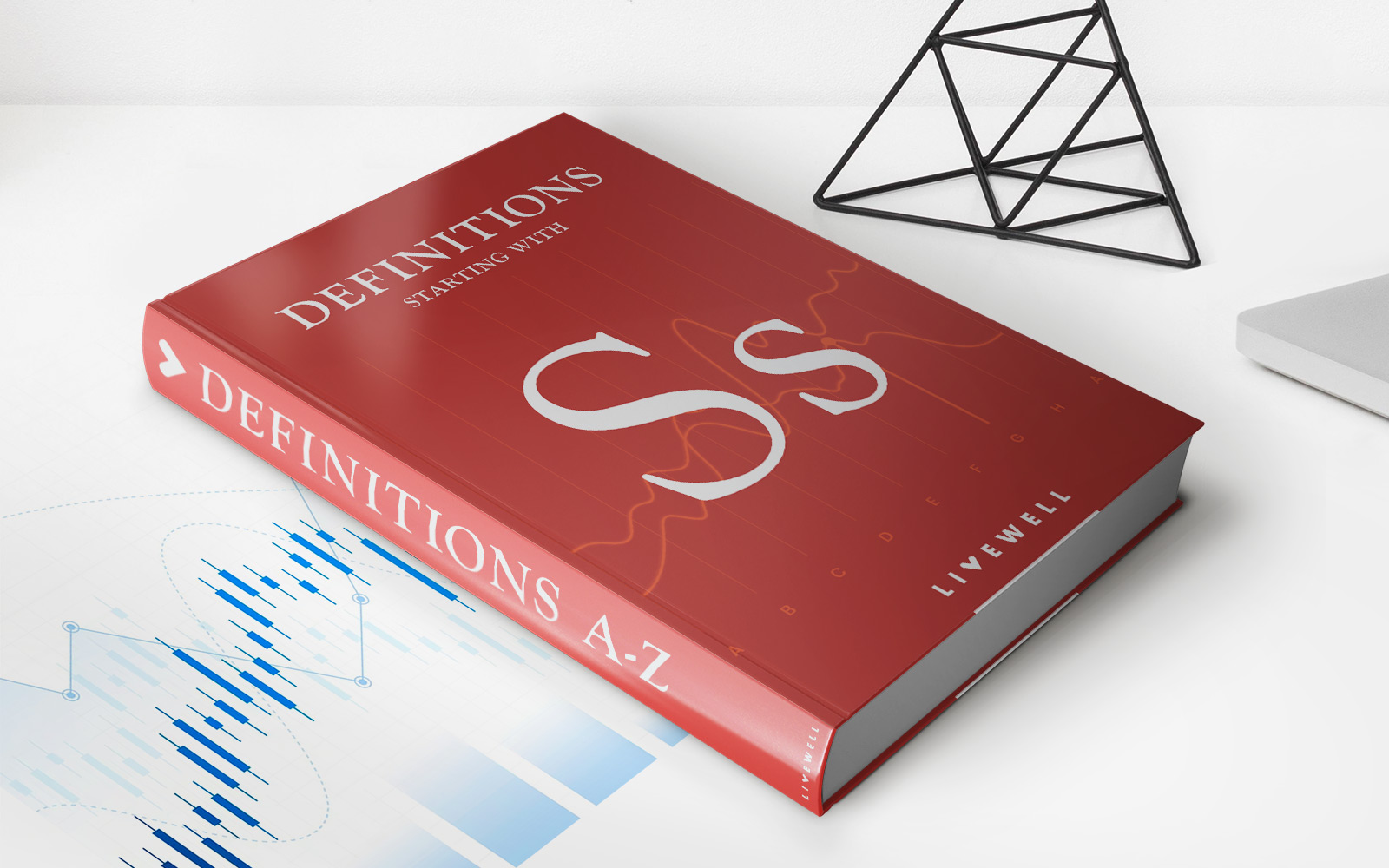

Finance
Where Do I Mail My Michigan Tax Return?
Published: October 29, 2023
Need to know where to mail your Michigan tax return? Find out the correct address to submit your finance documents and ensure a smooth tax filing process.
(Many of the links in this article redirect to a specific reviewed product. Your purchase of these products through affiliate links helps to generate commission for LiveWell, at no extra cost. Learn more)
Table of Contents
Introduction
When tax season rolls around, it’s important to understand the necessary steps for filing your tax return correctly. For taxpayers living in Michigan, one key question that often arises is, “Where do I mail my Michigan tax return?” Mailing your tax return to the correct address is crucial to ensure that it reaches the appropriate tax authority in a timely manner.
In this article, we will guide you through the process of finding the correct mailing address for your Michigan tax return. We will also provide important information on the factors to consider before mailing your tax return, the mailing deadlines, and some helpful tips to make the mailing process smoother.
Before delving into the details, it’s important to note that Michigan has various tax forms for different tax entities and income levels. The most common tax forms for individuals include the Michigan Individual Income Tax Return (MI-1040) and the Michigan Homestead Property Tax Credit Claim (MI-1040CR).
Now let’s dive into the specifics and learn more about where to send your Michigan tax return.
Overview of Michigan Tax Return
Before you can determine where to mail your Michigan tax return, it’s essential to have a basic understanding of the tax return itself. The Michigan tax return is used to report and pay state income taxes to the Michigan Department of Treasury.
The most commonly used form for Michigan individual taxpayers is the MI-1040. This form is used to report your income, deductions, and credits for the tax year. It also allows you to claim any applicable tax refunds or make payments for any tax liability owed to the state.
In addition to the MI-1040, there are various schedules and forms that may be required depending on your specific tax situation. Some common examples include Schedule 1, which provides additional deductions and exemptions, and Schedule W, which is used to report any Michigan tax withheld from your income.
It’s important to note that if you are a resident of Michigan and have earned income from other states, you may need to file a nonresident or part-year resident tax return for those states as well.
Michigan taxpayers also have the opportunity to claim various tax credits and deductions. Some popular credits include the Homestead Property Tax Credit, the Child and Dependent Care Credit, and the Home Heating Credit. These credits can help reduce your overall tax liability and potentially result in a tax refund.
Now that you have a basic understanding of the Michigan tax return, let’s explore the factors to consider before mailing it.
Factors to Consider Before Mailing Your Michigan Tax Return
Before you finalize and mail your Michigan tax return, there are a few important factors to consider to ensure accuracy and efficiency. Taking the time to address these factors will help minimize the risk of errors, delays, or potential penalties. Here are some key considerations:
- Double-Check Your Information: Before mailing your tax return, carefully review all personal information, including your name, address, and Social Security number. Any inaccuracies can lead to processing delays or refund issues.
- Choose the Correct Form: Make sure you are using the correct Michigan tax form that corresponds to your filing status, income level, and any additional schedules or forms required.
- Include all Supporting Documentation: If you are claiming deductions, credits, or exemptions, ensure that you have attached all the necessary supporting documentation, such as receipts, W-2 forms, 1099 forms, or any other relevant paperwork.
- Sign and Date: Don’t forget to sign and date your tax return. Failure to do so will result in your return being deemed incomplete and may cause processing delays.
- Consider E-Filing: Instead of mailing a paper return, consider the convenience and speed of e-filing your Michigan tax return. E-filing is not only faster but also reduces the risk of errors in transcription and ensures quicker processing and refund issuance.
- Keep a Copy: Before you send your tax return, make a copy for your records. This will serve as a backup in case any issues arise with the mailed return.
By taking these factors into account, you can help ensure a smooth and accurate filing process. Now that you are prepared, let’s move on to finding the correct mailing address for your Michigan tax return.
Finding the Correct Mailing Address for Your Michigan Tax Return
When it comes to mailing your Michigan tax return, it’s crucial to use the correct address to ensure that your return reaches the right tax authority. The mailing address you need is determined by several factors, including the type of tax return you are filing and whether you owe taxes or expect a refund.
The Michigan Department of Treasury provides a specific mailing address for each type of tax return and payment. To find the correct address, you should consult the instructions that come with your tax form or visit the Michigan Department of Treasury’s official website.
If you are filing a paper return and expecting a refund, you will use a different address than if you are filing and owe taxes. It’s important to ensure that you are using the most up-to-date address, as the mailing addresses may change from year to year.
Here are a few tips to help you find the correct mailing address for your Michigan tax return:
- Refer to the Instructions: The instructions accompanying your tax form will provide specific guidance on where to mail your return. It is important to read these instructions carefully, as they may also include additional forms or documentation that need to be included with your return.
- Check the Michigan Department of Treasury Website: The official website of the Michigan Department of Treasury is a reliable source of information for finding the correct mailing address. Visit their website and navigate to the section related to individual income tax returns to find the most up-to-date mailing address.
- Contact the Michigan Department of Treasury: If you are unable to find the correct mailing address through the instructions or website, you can contact the Michigan Department of Treasury directly. They will be able to provide you with the accurate address based on your specific circumstances.
Once you have obtained the correct mailing address, make sure to include it clearly on the envelope. Use the proper format, including spacing and punctuation, to ensure that your tax return is sent to the right destination.
Now that you know how to find the correct mailing address, let’s move on to the mailing deadlines for Michigan tax returns.
Mailing Deadlines for Michigan Tax Returns
It’s important to file your Michigan tax return by the specified deadline to avoid penalties and interest charges. The filing deadline for Michigan tax returns typically coincides with the federal tax deadline, which is April 15th, unless that date falls on a weekend or legal holiday.
If you are unable to meet the deadline, you have the option to request an extension. However, it’s crucial to note that an extension to file does not grant an extension to pay any taxes owed. Any outstanding tax liability must still be paid by the original deadline to avoid penalties and interest.
Here are some key points to remember regarding the mailing deadlines for Michigan tax returns:
- Individual Income Tax Returns: The deadline for filing individual income tax returns in Michigan is typically April 15th, or the next business day if April 15th falls on a weekend or legal holiday.
- Extension Requests: If you need additional time to file your Michigan tax return, you can request an extension using Form MI-4868. The extension allows you until October 15th to file your return, but any taxes owed must still be paid by the original deadline.
- Estimated Tax Payments: If you are making estimated tax payments, the due dates are typically April 15th, June 15th, September 15th, and January 15th of the following year.
It’s important to carefully review the specific filing deadlines for your tax situation, as they may be subject to change or have different requirements. Refer to the instructions accompanying your tax form or consult the Michigan Department of Treasury’s website for the most accurate and up-to-date information.
Now that you are aware of the mailing deadlines, let’s explore some tips for smoother mailing of your Michigan tax return.
Tips for Mailing Your Michigan Tax Return
Mailing your Michigan tax return can seem like a simple task, but following a few tips can make the process smoother and help ensure that your return is processed accurately and efficiently. Here are some practical tips to keep in mind:
- Use Certified Mail: Consider using certified mail or a reputable courier service to send your tax return. This provides proof of mailing and delivery, giving you peace of mind that your return reached its destination.
- Double-Check the Address: Before sealing the envelope, verify that you have correctly written the mailing address for your Michigan tax return. Any errors or omissions might lead to your return being misdelivered or delayed.
- Include a Return Receipt: When using certified mail, opt for a return receipt to obtain confirmation of the delivery of your tax return. This receipt serves as a helpful proof of timely filing.
- Make a Copy: Before mailing your tax return, make a copy of all the documents for your records. Having a backup can be beneficial in case any issues arise or if you need to reference the information later.
- Consider E-Filing: If possible, take advantage of the convenience and speed of electronic filing (e-filing) for your Michigan tax return. E-filing eliminates the risk of your return getting lost in the mail and generally results in faster processing and quicker refunds.
- Track Your Refund: After mailing your tax return, you can track the status of your refund using the “Where’s My Refund?” tool provided by the Michigan Department of Treasury. This tool allows you to monitor the progress of your refund and get an estimated timeline for its issuance.
- Keep Copies of Supporting Documents: Retain copies of all the supporting documents you included with your tax return, such as W-2 forms, 1099 forms, and receipts. These can be important for future references or in case of any inquiries from the tax authorities.
By following these tips, you can ensure a smooth and efficient process when mailing your Michigan tax return. Now, let’s wrap up our discussion.
Conclusion
Filing your Michigan tax return correctly and on time is essential to avoid penalties and ensure a smooth tax season. Knowing where to mail your tax return is an important part of the process, as it ensures that your return reaches the appropriate tax authority in a timely manner.
In this article, we provided an overview of the Michigan tax return process and discussed the factors to consider before mailing your return. We emphasized the importance of double-checking your information, choosing the correct form, including all supporting documentation, and signing and dating your return.
We also highlighted the significance of finding the correct mailing address for your Michigan tax return. Whether through the instructions accompanying your tax form, the official website of the Michigan Department of Treasury, or direct communication with the department, obtaining the accurate address is crucial to ensure your return reaches the right destination.
Understanding the mailing deadlines for Michigan tax returns is equally important. Whether it’s filing by the April 15th deadline, requesting an extension, or making estimated tax payments, complying with the deadlines helps avoid penalties and ensures the timely processing of your return.
Finally, we provided some useful tips for mailing your Michigan tax return, such as using certified mail, double-checking the address, making copies of all documents, considering e-filing, and tracking your refund.
By following these guidelines and being mindful of the details, you can navigate the process of mailing your Michigan tax return confidently and with ease.
Remember, tax laws and regulations can change, so it’s always a good idea to consult the official website of the Michigan Department of Treasury or seek professional assistance if you have any specific questions or concerns.
Now that you have all the information you need, you can proceed with mailing your Michigan tax return accurately and on time. Good luck!














